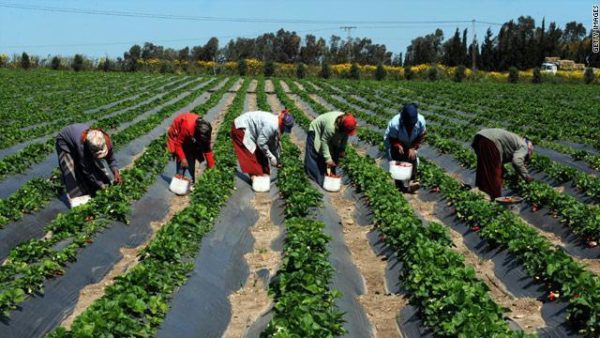The food production of the West African Economic and Monetary Union (UEMOA) is estimated at 69.675 million tonnes for the 2020/2021 season, according to the 2020 annual report of the Central Bank of West African States (BCEAO ) based in Dakar.
Compared to the 2019/2020 campaign, this food production has increased by 5.1%. According to the Emission Institute, this development is mainly driven by tubers (+ 3.9%) and cereals (+ 3.8%). Production of other crops (legumes, horticultural plants, fruits, etc.) increased by 10.0%.
It must be said that the 2020/2021 agricultural campaign benefited, from a climatic point of view, from generally favorable rainfall conditions. According to the AGRHYMET regional center (which has among other objectives the contribution to food security and the increase in agricultural production in the countries of the Inter-State Committee for Drought Control in the Sahel), the quantities of water recorded were higher than the averages observed over the period 1981-2010.
The food crop harvests obtained during the year 2020 are up 14.8% compared to the average production achieved during the previous five years.
“With the exception of cocoa, coffee and seed cotton, the production of the main export crops is also on the rise, compared to the previous season,” said the BCEAO.
After three years of exceptional harvests, cocoa production fell by 8.2% during the 2020/2021 season, to 2,065,690 tonnes within the WAEMU. “This development is attributable to the desire of the Ivorian authorities to maintain production around 2 million tonnes, in order to limit supply on the international market and avoid a collapse in world prices,” explains the BCEAO.
Coffee production thus stood at 103,884 tonnes, down 10.0% compared to the previous campaign. This situation is due to the aging of the orchard in Côte d’Ivoire.



